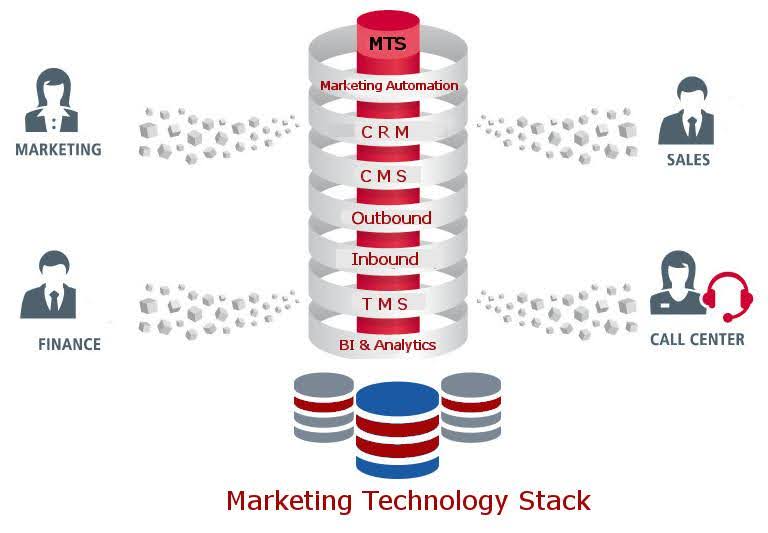In the world of digital marketing, whether targeting businesses (B2B) or consumers (B2C), the strategies and approaches employed can significantly vary. Over the course of my career, I’ve gained insights into the distinct challenges and advantages associated with both B2B and B2C digital marketing efforts. Let’s delve into these differences to better understand how each operates.

- Audience Targeting and List Quality
One common tactic in digital marketing is purchasing email lists from data providers. This method can quickly expose your message to a large audience at a relatively low cost. However, the challenge lies in ensuring that the purchased lists align with your target audience. In my experience, lists obtained from general providers often suffer from inaccuracies and poor categorization. For instance, a list promised to contain financial companies might include retirees or irrelevant businesses, rendering the ROI negligible.
Lesson Learned: Always test list samples for conversion before making a purchase to validate their quality and relevance.
- Trade Publication Partnerships
Collaborating with trade publications can yield better results compared to generic list providers. Although more costly, these publications offer access to a more refined audience already interested in industry-specific content. While the partnership might not directly provide access to the publication’s subscriber list, leveraging their platform to reach their audience can be beneficial.
Lesson Learned: Similar to purchased lists, test the effectiveness of this strategy to gauge its impact on your conversions.
- Trade Show Lists
Importing attendee lists from trade shows can be a cost-effective way to expand your reach. However, it’s essential to filter out non-relevant attendees (like administrative assistants or minors) who may not convert into customers. Despite these challenges, well-targeted attendee lists can be a valuable resource for B2B marketing.
Lesson Learned: Prioritize attendee lists over general sign-up lists to increase the likelihood of reaching potential buyers.
- Building Your Own Database
Maintaining an in-house prospect and customer database offers greater control and reliability. By including existing customers and obtaining permission-based contacts through white papers, webinars, or downloads, you can nurture a more engaged and responsive audience over time.
Lesson Learned: Invest in dedicated staff to manage and update your database regularly to ensure its accuracy and effectiveness.
Key Takeaway
The success of email marketing campaigns, whether B2B or B2C, hinges on the quality and relevance of the targeted lists. While each approach has its merits and challenges, understanding the unique needs of your audience is paramount to achieving optimal results.
In conclusion, effective digital marketing strategies require a nuanced understanding of your target audience and the methods best suited to reach them. By leveraging targeted approaches and maintaining high-quality databases, businesses can maximize their digital marketing efforts and drive meaningful engagement and conversions.



